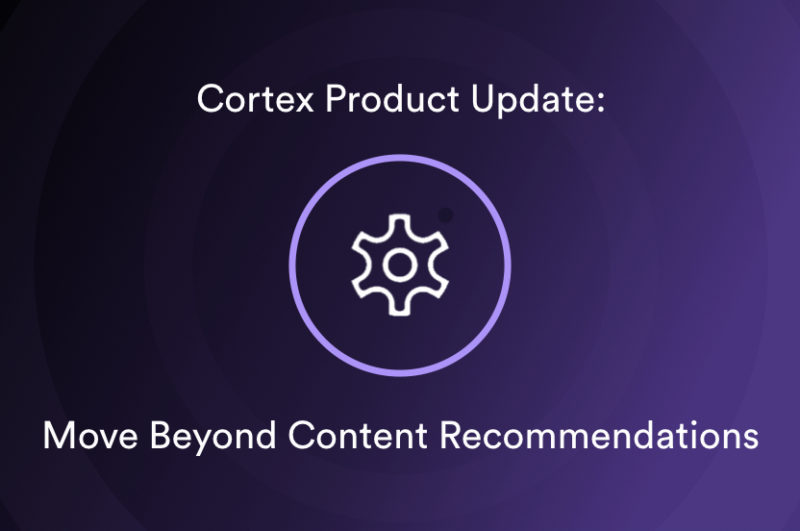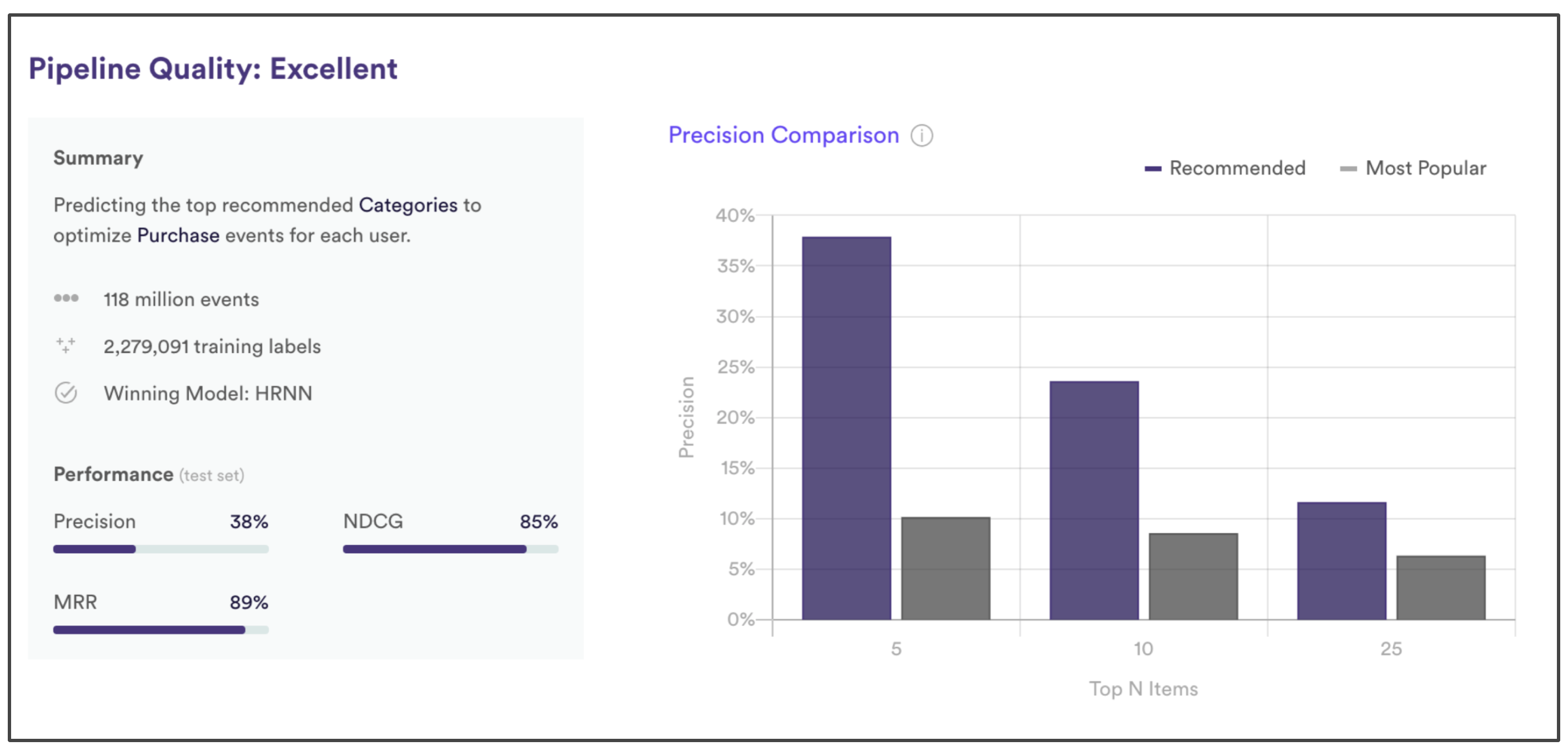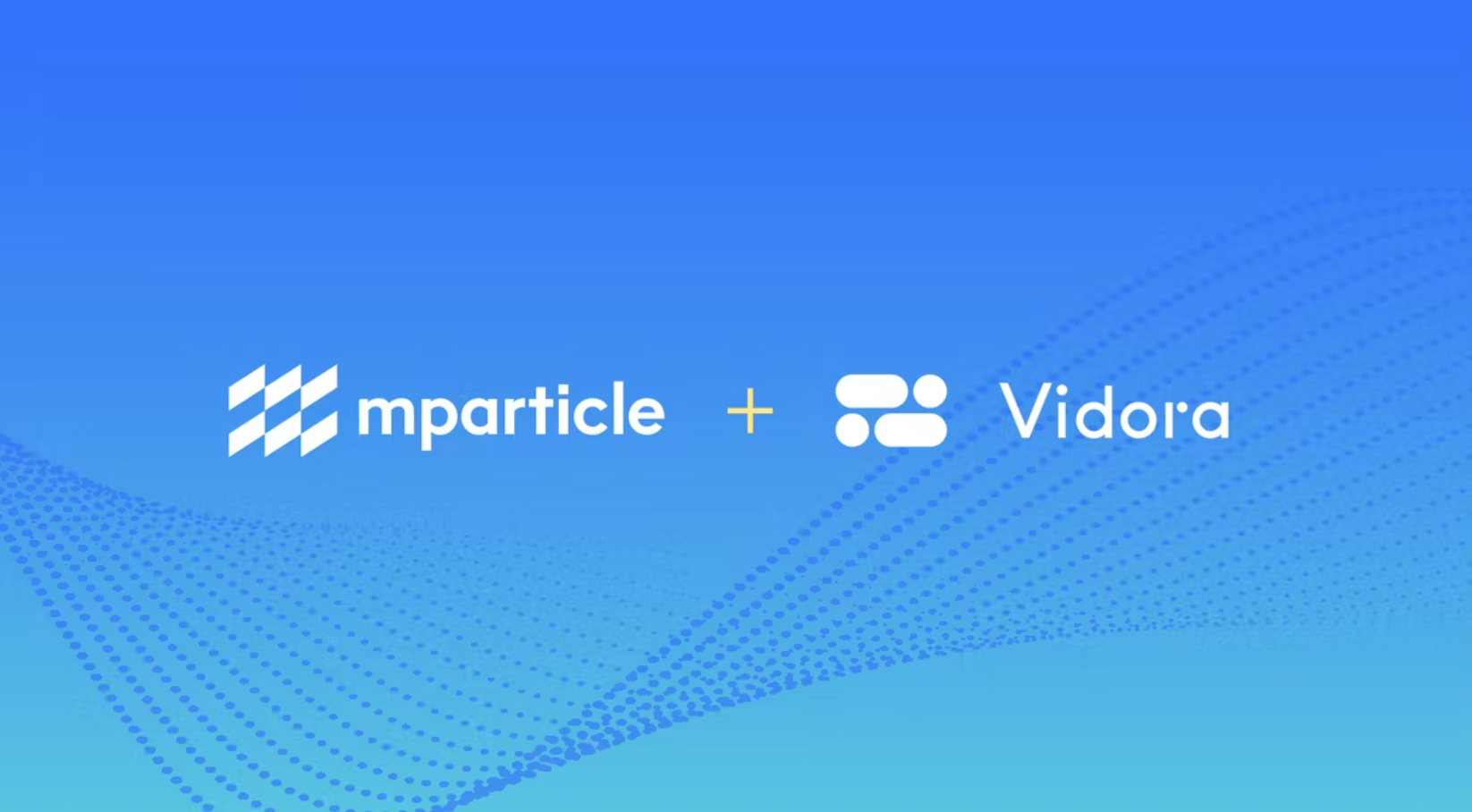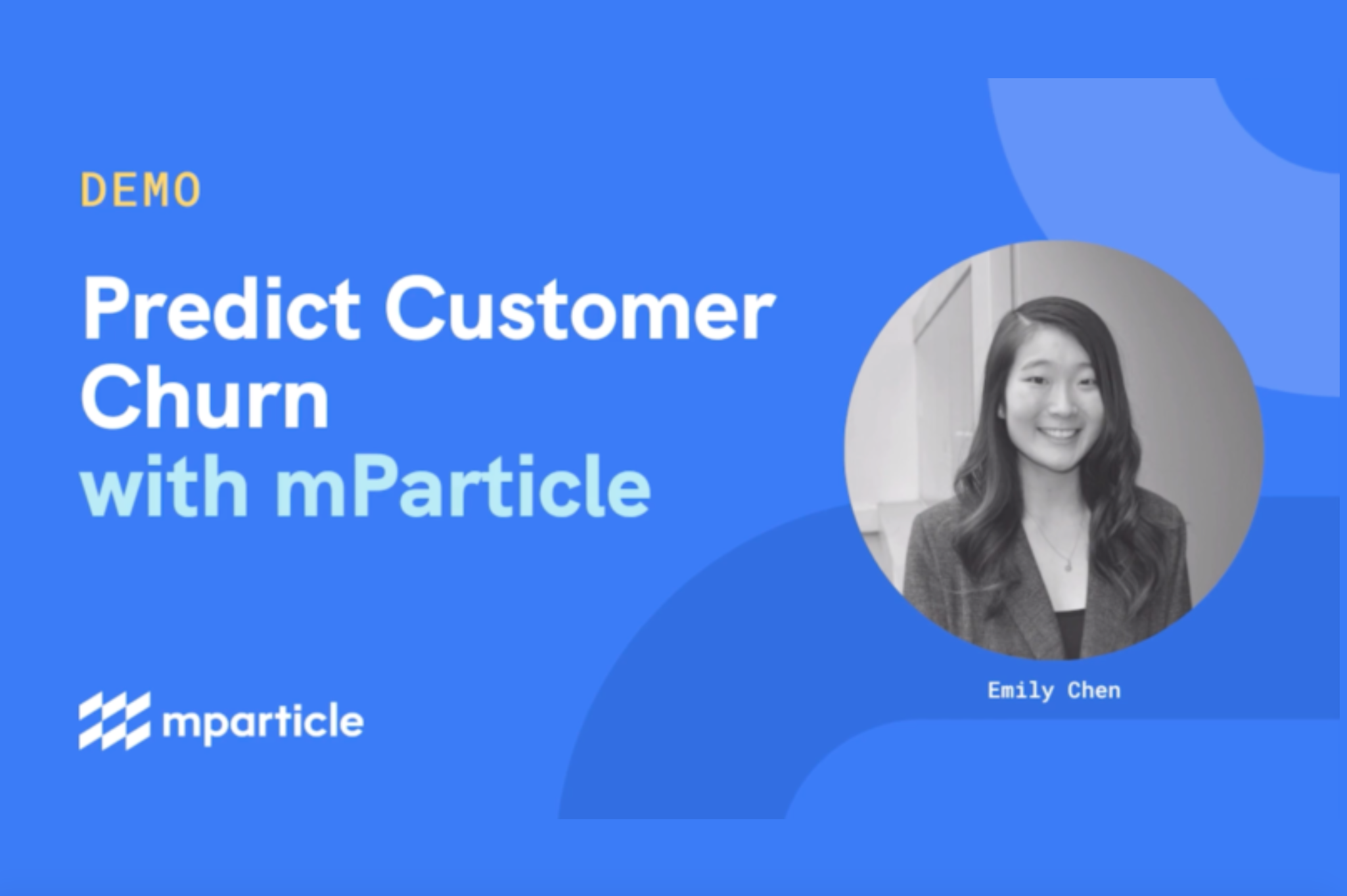
More than ever, consumers demand personalization from their product and marketing experiences. Companies that meet these demands are often rewarded with higher loyalty, engagement, revenues, and more. It’s not rocket science – when you treat your customers like individuals, good things happen.
But building machine learning recommendations for broad personalization can be challenging. Engineering tasks – ranging from managing/cleaning different input data sets to ensuring recommender performance stays consistent over time – can be daunting and require significant investments from a business. Cortex removes these challenges, enabling marketers and product managers to build machine learning recommenders in a no-code interface with a few clicks. This means that business teams can realize the benefits of recommendations across your business today.
We’ve heard from a number of enterprise partners looking to expand personalization beyond product or content recommendations to additional high-value use cases like personalized marketing channels (i.e. picking the best marketing channel for each user), categories, recommending brands a user is passionate about, and more. And with Cortex’s new Recommendation pipelines, it takes just a few clicks to make these a reality. Now, business teams can use Machine Learning to personalize every customer touchpoint and interaction – all without a single line of code.
The Benefits of Personalization
The advantages of catering to each customer’s unique preferences are well-established across many industries – that’s why 89% of digital businesses are investing in personalization. If your business is sitting on a trove of data – even raw, unstructured data – then you’re one step away from capturing benefits like these.
- 94% of brands see more sales after website personalization.
- 92% of brands see more sales after email personalization.
- 98% of marketers say personalization advances customer relationships.
- 86% of marketers have seen a measurable lift in business results from personalizing campaigns.
- Companies using advanced personalization report a $20 return for every $1 spent.
- Personalization can reduce customer acquisition costs by up to 50%.
- Personalization can increase marketing spend efficiency by up to 30%.
Taking Personalization to a New Level
Personalization is expected by today’s digital consumer, but it’s not just a box to check. Using personalization in new ways helps any business stand out from the competition. Perhaps no other company embodies this more than Netflix, which has famously personalized everything from content to homepage sections, poster art to movie plotlines.
Opportunities to create Netflix-style hyper-personalized experiences are everywhere you look. If your customers engage with it, it can and should be personalized. Anytime you have a set of options to put in front of your customers, you can surface the most relevant ones based on each customer’s unique preferences. Some example applications for machine learning personalization include –
| Product (personalized UI) | Marketing (personalized campaigns) |
|
|
Recommendations in Cortex
Cortex is a no-code platform which empowers business teams to integrate machine learning into marketing and product workflows. Among the various types of ML predictions supported by Cortex are high-quality recommendations personalized 1:1 for each user. Generating these recommendations is a simple 2-step process that requires no coding –
- Define Your Items – Choose the set of items which the recommendation algorithm will choose from. Anything that your users interact with can be considered an item – content, categories, even days-of-week.
- Define the Goal to Optimize For – Choose the type of user-item interaction that you’d like to optimize with recommendations. For example, a commerce company may wish to tailor its recommendations so as to maximize probability of a purchase event, whereas a media organization may wish to optimize for clicks.

Recommendation pipelines are easily built with a few clicks. Cortex enables marketers
to visualize the performance of recommendation pipelines within a simple UI.
Recommendations are Continuously Updated and Performance is Monitored
Once you’ve created your Recommendations pipeline, Cortex continuously updates the results based on new event data streaming into the platform. These recommendations are also monitored to ensure their quality does not degrade over time. Cortex makes these recommendations easy to integrate into existing workflows by providing access through file exports, low-latency APIs, and direct third party integrations. This means that your recommendations are always up-to-date, accurate, and ready to power automation in your UI or marketing campaigns.
Get started today!
Interested in taking a more comprehensive approach toward personalization, but not sure where to start? Give us a shout at info@vidora.com to learn more about how Cortex can help.


